
Magazine
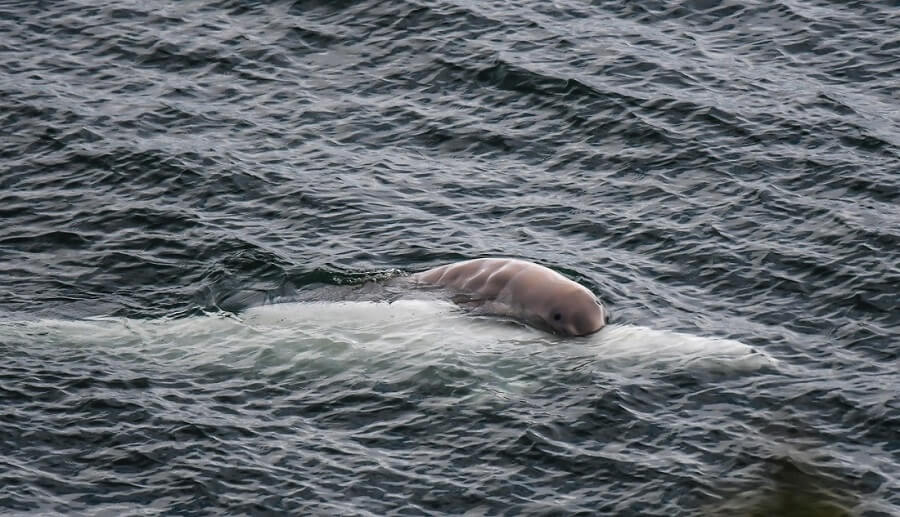
Mom, can you hear me?: The Challenge of Beluga Calves in the St. Lawrence
Biologist Valeria Vergara has always assumed that newborn belugas produce very soft vocalizations, making them particularly vulnerable to underwater noise.…

Wounded seal: what to do?
As you pace the shores of the St. Lawrence, you come face to face with a seal. So far, nothing…

Regional Assessment of St. Lawrence for Better Informed Choices in the Future
In the context of environmental assessments of development projects in the St. Lawrence, the issue of cumulative effects is often…

GNL Québec’s Énergie Saguenay Project Rejected on Climate Grounds
On July 21, Environment Minister Benoit Charette announced that his government was rejecting GNL Québec's Énergie Saguenay project, a highly…
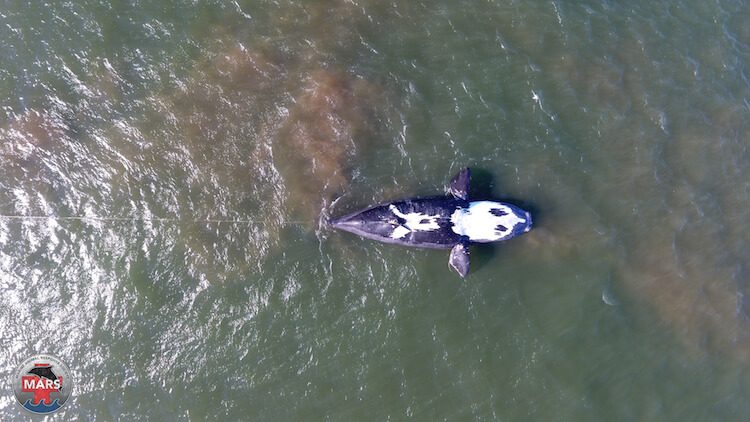
First-ever Detailed Portrait of Whale Incidents in Eastern Canada
For the first time ever, data on whale incidents in eastern Canada has been compiled in a single report. Produced…

Documentary “The Loneliest Whale”: The Importance of Epic Stories to Raise Public Awareness
In the documentary The Loneliest Whale: The Search for 52, a group of scientists sets out to find a whale…
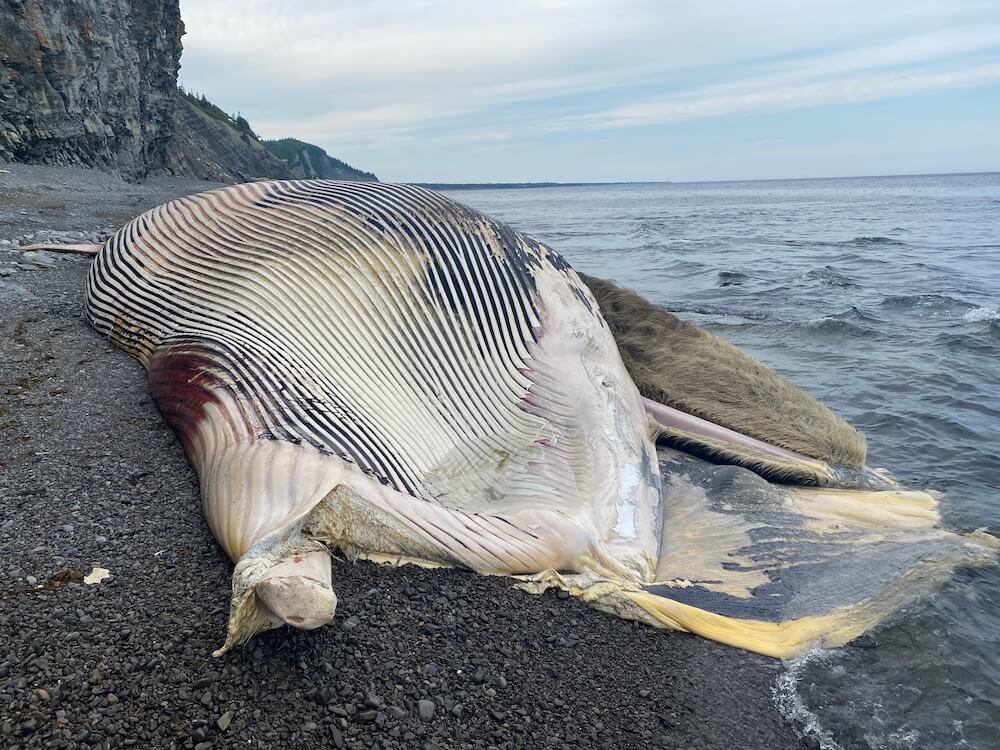
Beached Fin Whale in Forillon National Park
On June 19, an employee of Forillon National Park discovers a fin whale carcass at the bottom of a cliff…

Belugas, Belugas Everywhere: Overview of Out-of-Range Belugas this Spring
From Matane and Bonaventure, Quebec to Prince Edward Island, Nova Scotia and New Brunswick, belugas seem to be everywhere this…
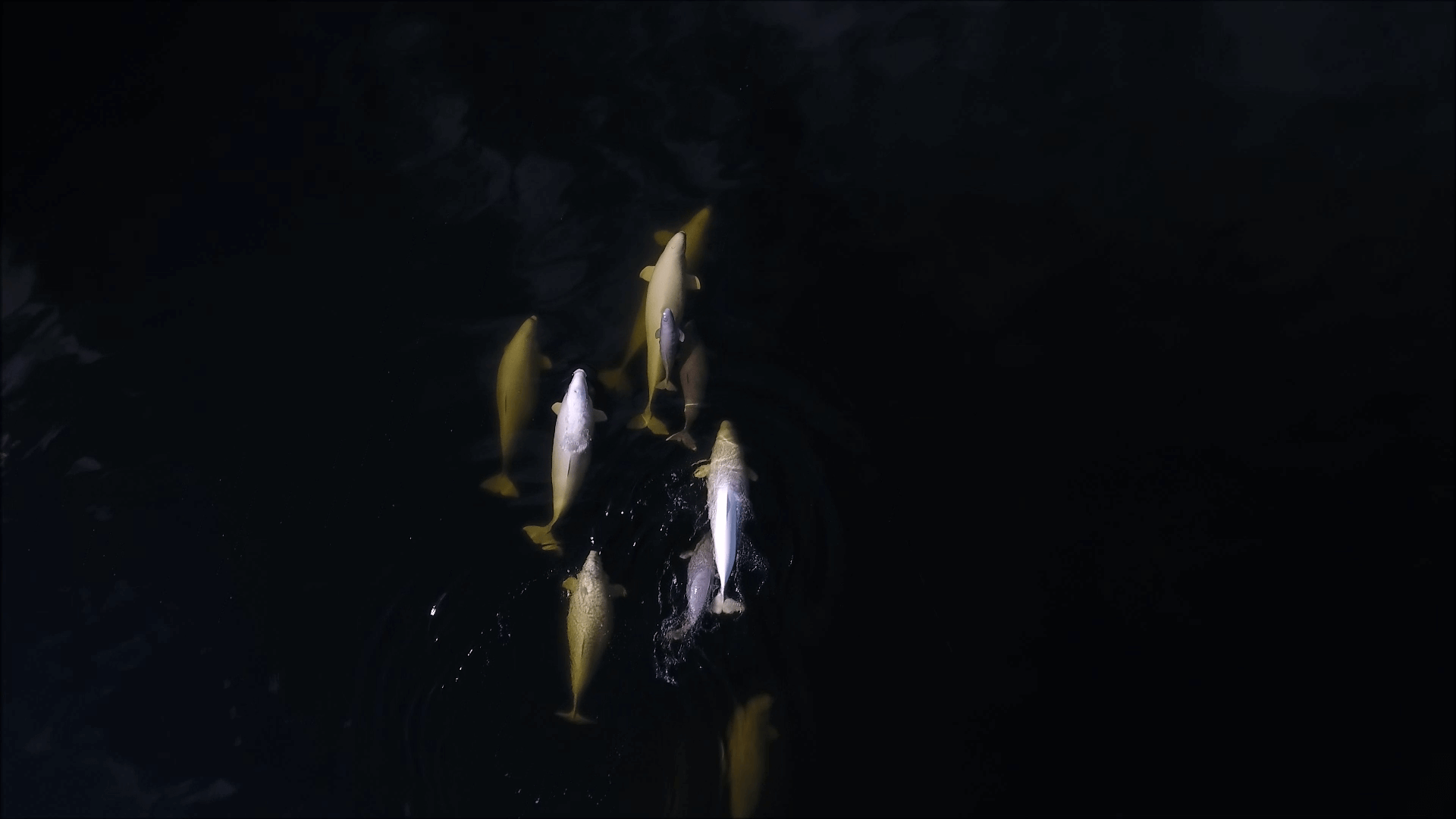
Allocare in Belugas: Still a Mysterious Behaviour
Perched atop a tower in the middle of Baie Sainte-Marguerite, Jaclyn Aubin peered down on belugas for two summers (2017…

Busy Start to the Season at Marine Mammal Emergencies
As is the case every year, the arrival of warm, sunny days is synonymous with an uptick in the number…

Leatherback Turtle Carcass in Gaspé
In late April, a local resident discovers a very decomposed carcass on Haldimand Beach in Gaspé. All that remains are…

Season Kicks Off at Marine Mammal Interpretation Centre
Tadoussac’s Marine Mammal Interpretation Centre (CIMM) will open its doors on June 7. After months in the dark, the fifteen…

Protecting Young Harbour Seals on the Beaches
In May and June, many residents will have the opportunity to observe young seals on the beaches, as it is…

Ocean Week: From Education to Action
From June 1 to 8, 2021, the first Quebec edition of Ocean Week will take place. Orchestrated by the environmental…

New Tools Available to Maritime Industry for Marine Mammal Protection
The Marine Mammal Observation Network (MMON), the World Wildlife Fund for Nature (WWF) and the St. Lawrence Global Observatory (SLGO)…
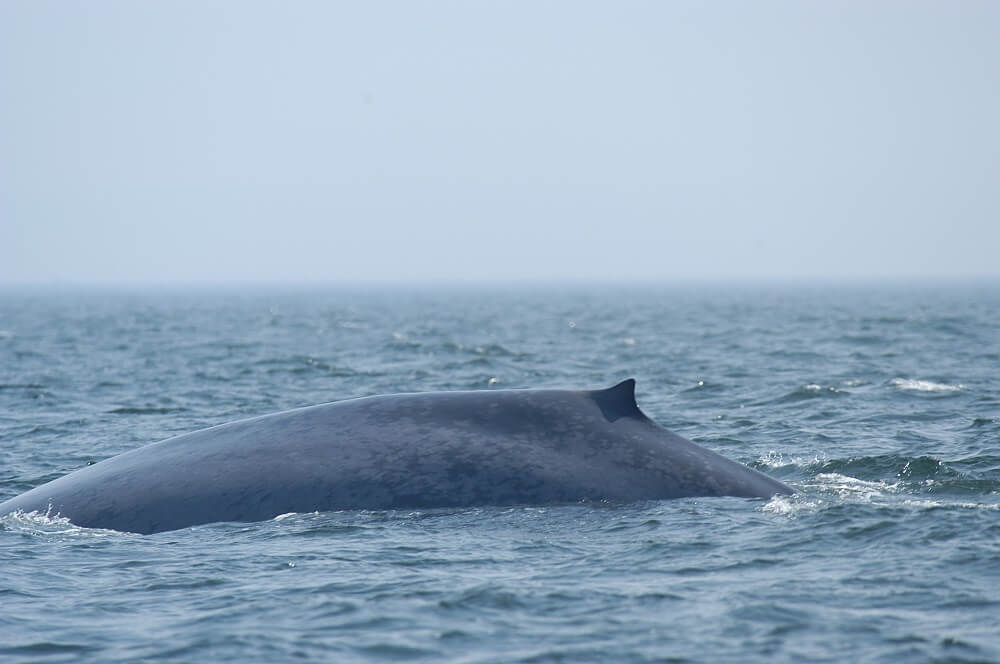
400-Metre Regulatory Distance for Blue Whales Proving Effective
In the presence of watercraft, blue whales reduce both the duration and depth of their dives. A recent simulation-based study…
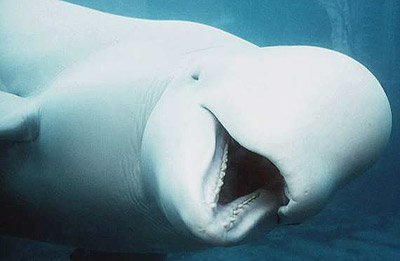
How do whales show their emotions?
Whales produce viscous tears (article in French) that serve to protect their eyes from debris. Are these tears also used…

Recognizing the culture of whales in order to better protect them
If we truly want to protect whales – and other species as well for that matter – biologists must understand…

Can whales suffocate?
After a week of severe weather in September 2019, a naturalist from the whale-watching outfitter Croisières Escoumins wondered whether whales…

Arctic Adventure: A Virtual Expedition on the Ice Floes for Elementary School Kids
Accompanied by experienced divers Jill Heinerth and Mario Cyr, discover the pack ice and its animals with Arctic Adventure, an…

Humpback whales eat with their hands
The pectoral fins of humpback whales, with their enormous size and jagged edges, are quite different from those of other…

Why do some belugas have turned-up pectoral fins?
This question is from Marie-Hélène D’Arcy, beluga photo-ID technician at the Group for Research and Education on Marine Mammals (GREMM).…

Post-whaling Recovery: The Beautiful Story Of Humpbacks
This year in the St. Lawrence, no fewer than 13 mother-calf humpback pairs have been identified by teams from the…

Are the blue whales in the St. Lawrence getting enough to eat?
In summer, the St. Lawrence is a feeding ground for a number of blue whales of the northwest Atlantic population.…

Extremely rare adoption by a dolphin
In 2014, in French Polynesia, a female bottlenose dolphin nicknamed “Thaïs” is observed with her first calf. Two months later,…

What does a blue whale use its tongue for?
Blue whales have a huge tongue that weighs as much as an elephant. In addition to the sense of taste,…
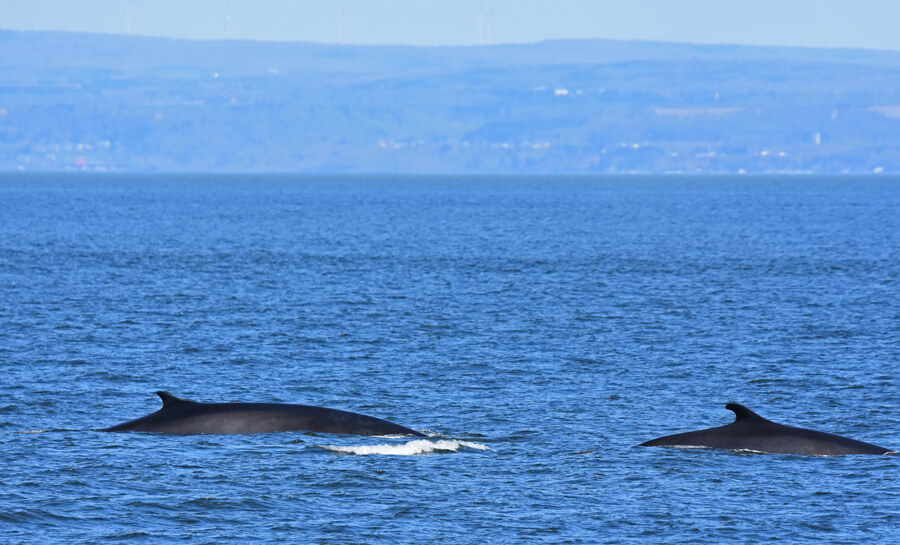
Studying Fin Whale Distribution to Understand Their Decline
The team at the Mingan Island Cetacean Study (MICS) has been observing fewer and fewer fin whales in the northern…
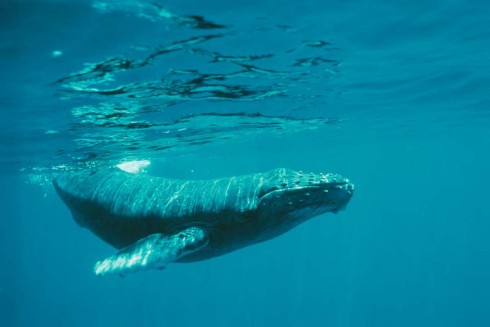
Study Whales to Beat Cancer?
According to a study published in Molecular Biology and Evolution, whales have mechanisms to protect themselves against cancer. Since the…

Do Planes and Helicopters Disturb Whales?
Whales are particularly sensitive to noise, whether human-made or natural. Noise can interfere with their communication and affect their behaviour.…

Noteworthy Fish and Whales Galore
Last week, it was white-sided dolphins in Gaspé Bay. This week, killer whales, the largest species in the dolphin family,…
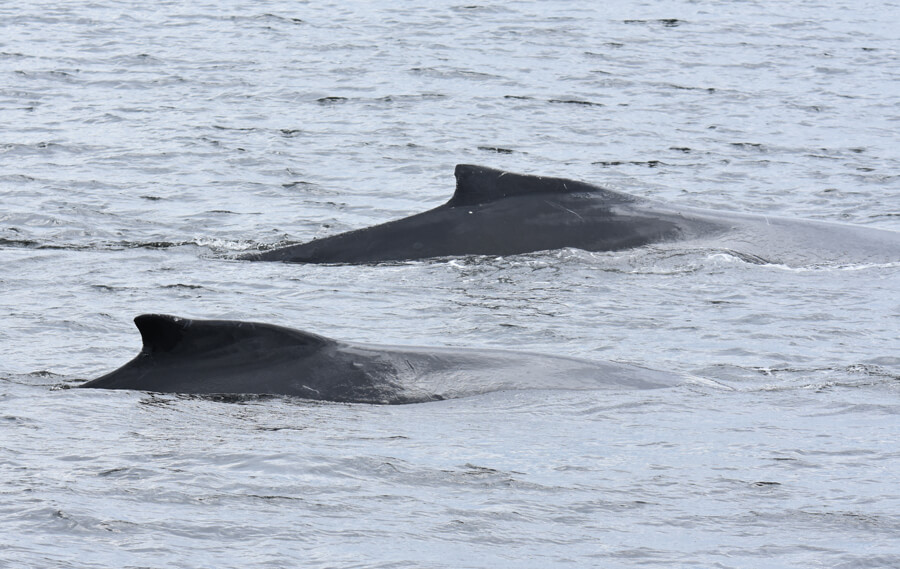
Do humpback whales have friends?
Since arriving in the Marine Park area, Tic Tac Toe has been observed multiple times with another female nicknamed Snowball.…

How does echolocation work?
In water, light is scarce, but sounds travels quickly. In such an environment, toothed whales such as belugas, sperm whales…

What is ambergris?
Sperm whales are known and have been hunted for their production of ambergris, a substance of great value that has…
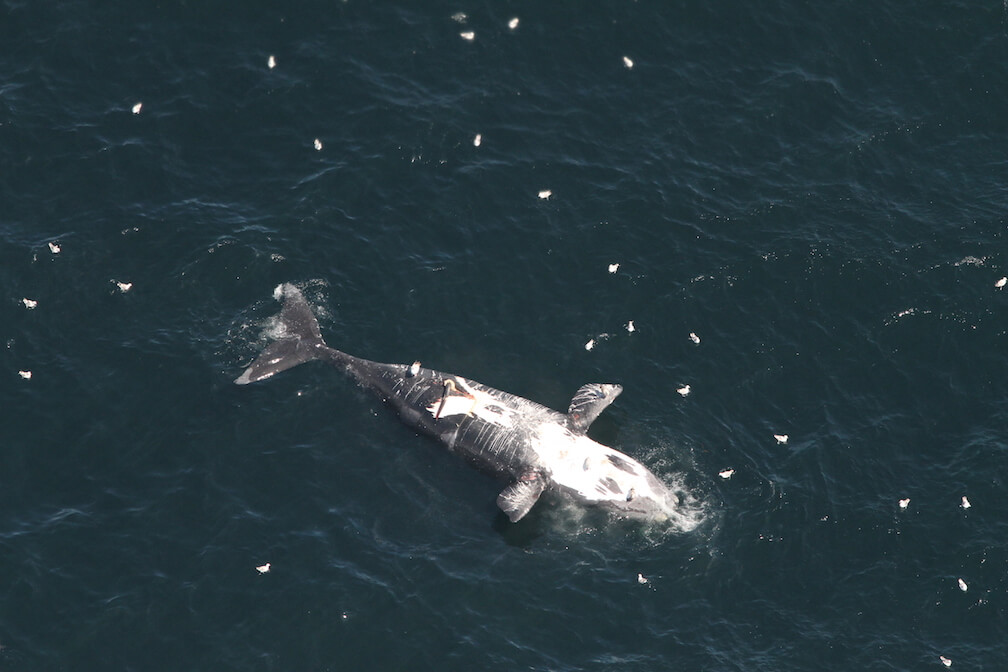
Right Whales: What is happening in 2019
The North Atlantic right whale is endangered, with an estimated population of only about 400 individuals. The main threats faced…

Concerns for the Welfare of Eight Captive Whales Returned to the Wild
Since November 2018, 87 belugas and 10 killer whales have been illegally held captive in a “whale prison” off Nakhodka…

Right whales : fishing closures and new technologies for crabbing industry
On May 13, the first North Atlantic right whales of the season were observed via aerial survey in the Gulf of…

Do whales suffer from sunburn?
Unlike other mammals, whales do not have hair to protect their skin. Even if they spend little time at the…
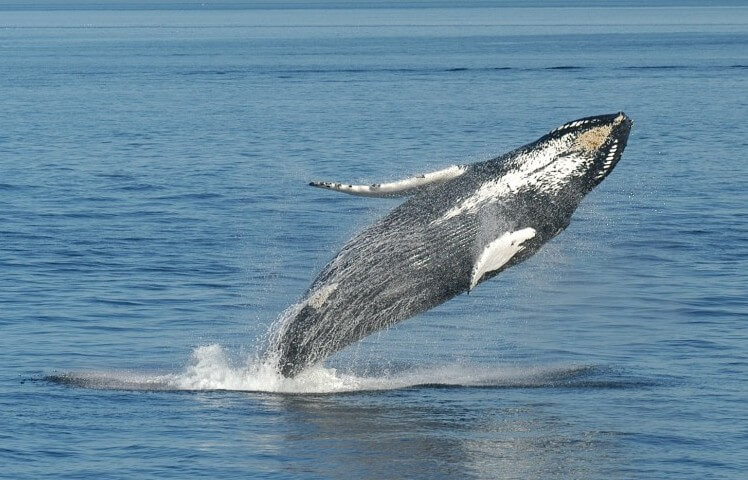
What is a laryngeal sac?
The laryngeal sac is a structure found in baleen whales, but also in many other mammals, including primates (but not…

Complex rescue operation for whales captured in Russia
Since November 2018, 87 belugas and 11 killer whales have been illegally held captive in a “whale prison” off Nakhodka…
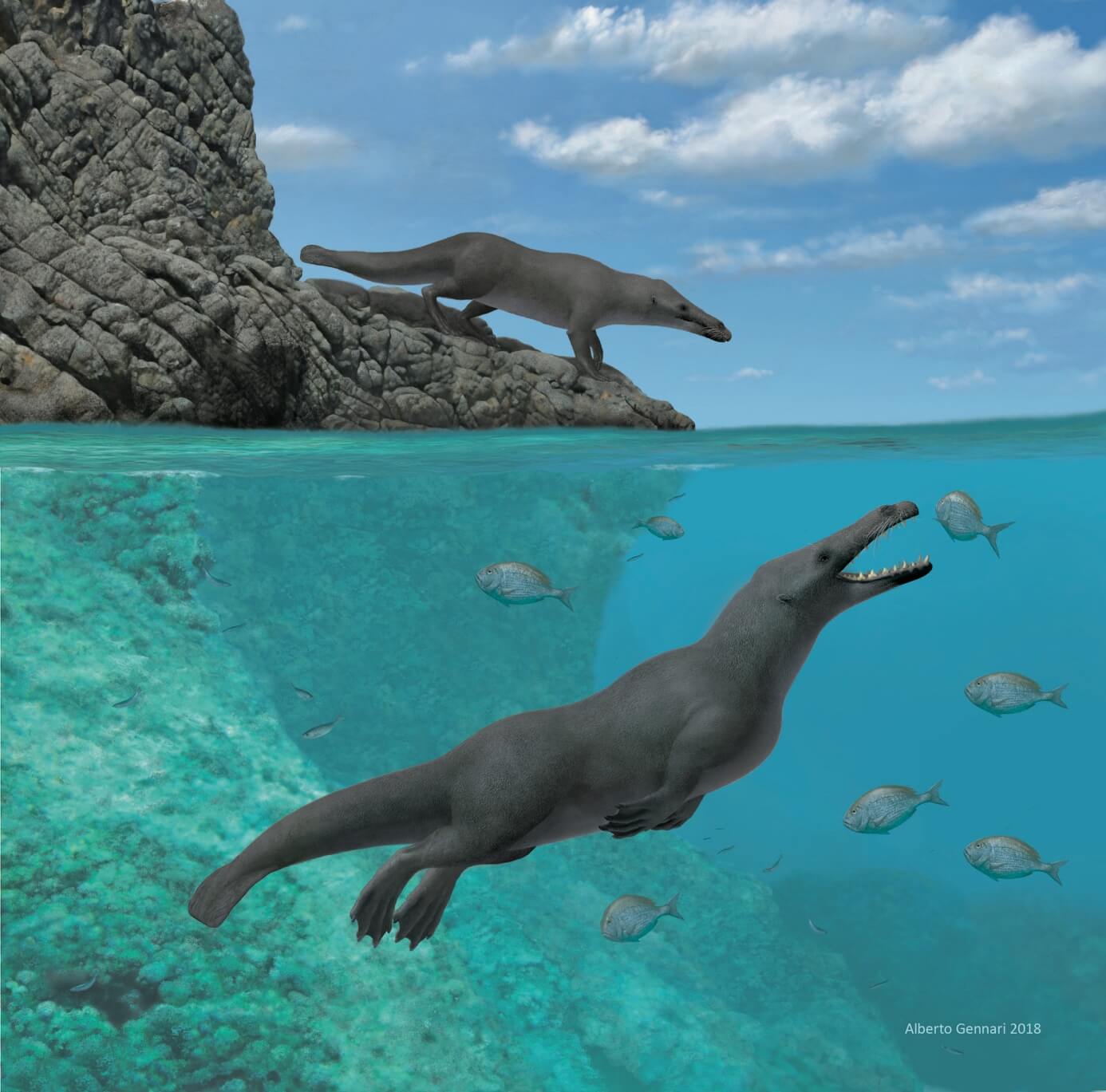
Fossil of four-legged, amphibious whale discovered in Peru
The terrestrial ancestors of whales first entered the water some 50 million years ago in the region around India and…

Decline in fin whales in gulf of St-Lawrence
Fin whales in the northern Gulf of St. Lawrence are in decline, according to a new study published in the…

The St.Lawrence challenge : companies pledge to reduce plastic consumption
The St. Lawrence Challenge is a recognition and commitment program aimed at businesses and recreational tourism establishments that wish to…
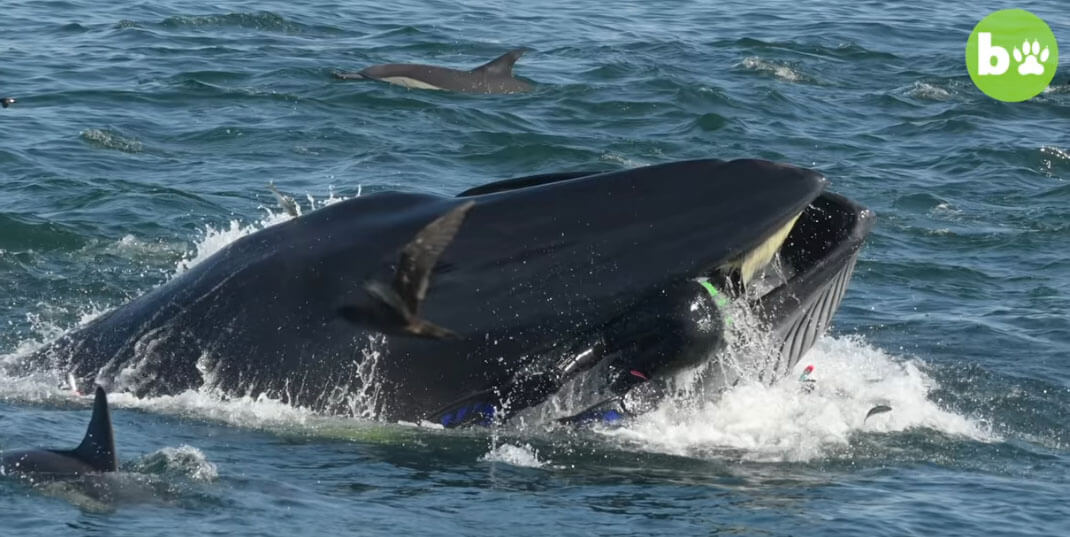
A diver caught in a whale’s mouth?
While feeding at the surface, a Bryde's whale accidentally snatched up a diver, who found himself, from the waist up,…

Short bios of women in marine biology
Since 1975, International Women’s Day has been celebrated on March 8. In Canada, women currently account for just one-third of…
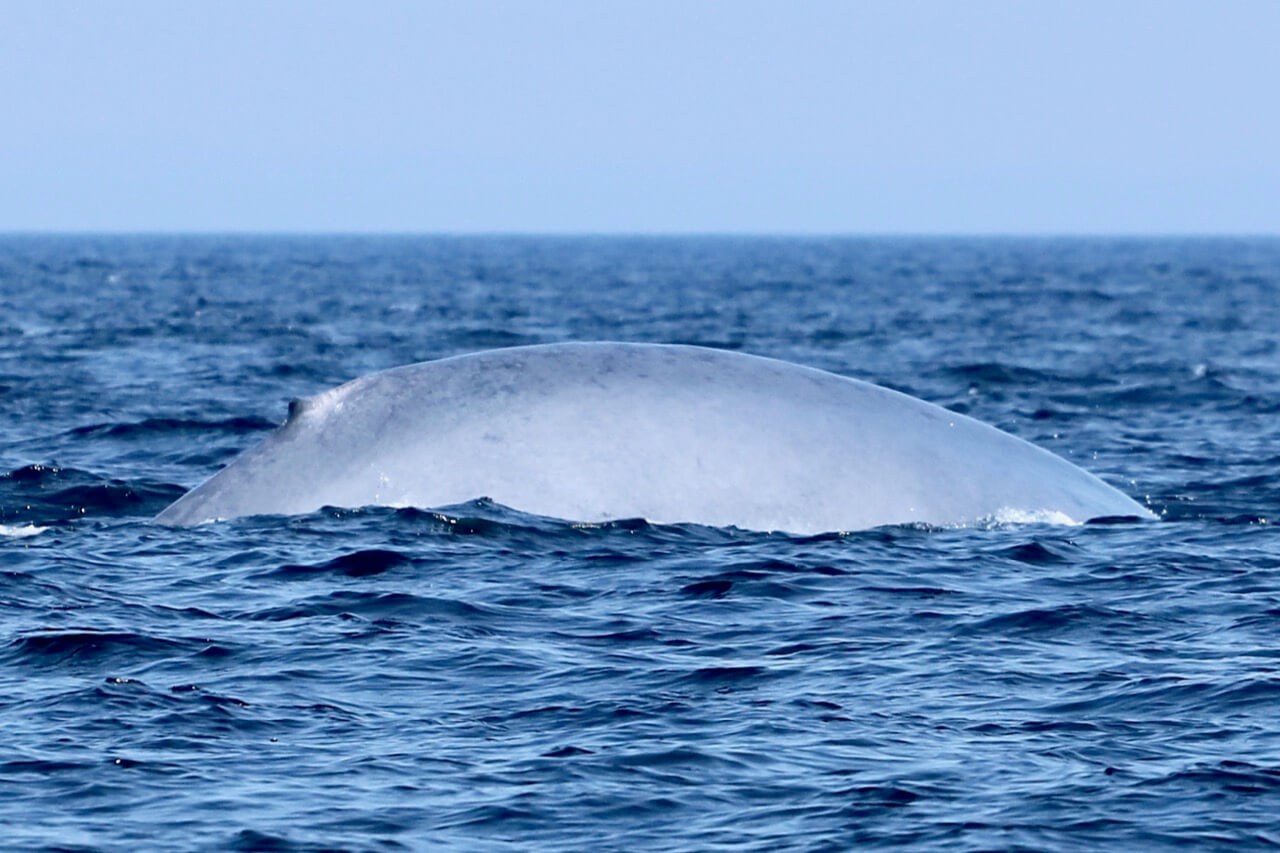
More Blue Whales!
The mild weather in the early part of the week offered comfortable conditions for venturing outside and contemplating the river.…

Blue whale migratory traditions
Every day, blue whales must devour up to 4 tonnes of krill before they are full. With such an enormous appetite, it’s…
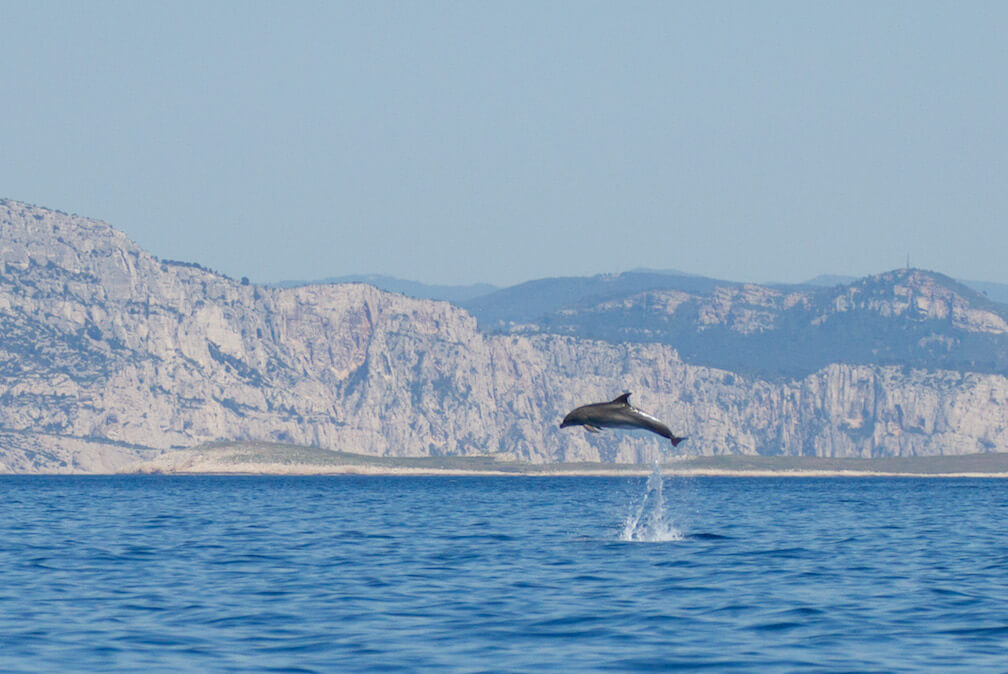
Solitary dolphins and belugas : independant or lost?
The female dolphin known as “Dolphy” regularly plays with swimmers and boats in the French port of Collioure. It is…

A seventh calf, but not a baby boom
Since the beginning of the right whale calving season, 7 newborns have been observed. Although the announcement of a seventh…

Correlation Confirmed Between Military Sonar and Beaked Whale Mass Strandings
Noise pollution is a growing threat for whales, notably for the beluga population of the St. Lawrence, which is affected…
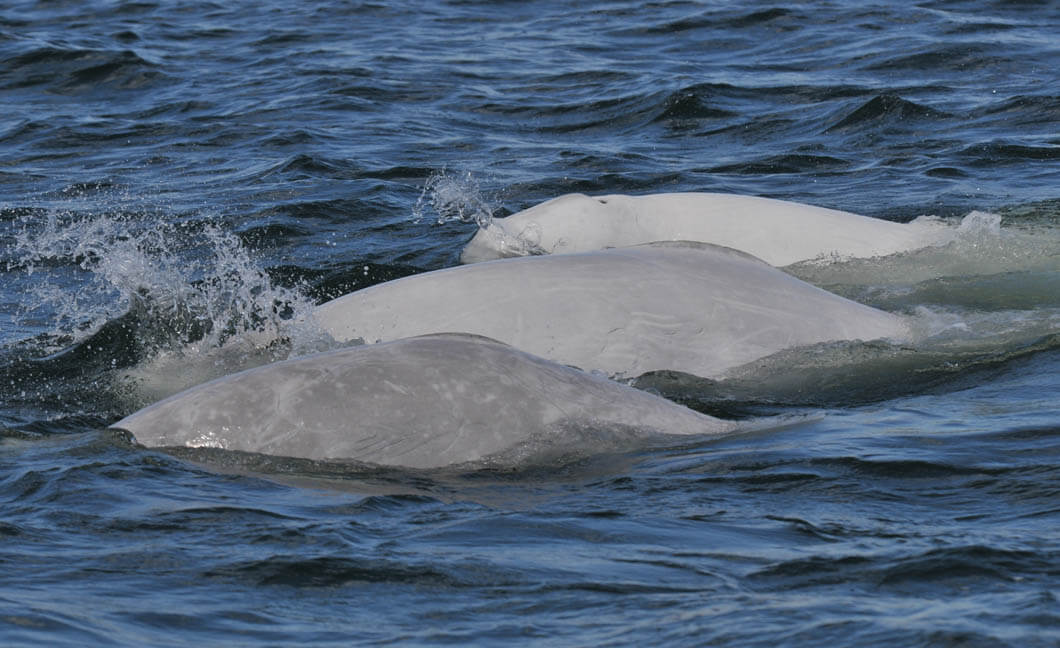
How do they determine the age of whales?
Estimating the age of marine mammals is more complex than one might think. Few reliable techniques exist to determine the…

Do Whales Have Baby Teeth?
Humans have two generations of teeth: deciduous teeth (from the Latin “to fall”) – also called “baby teeth” – and…

Which whale species has the largest testicles?
North Atlantic right whales have the largest testicles in the animal kingdom. They can exceed 900 kg, which corresponds to…

Six newborn right whales : a glimmer of hope
Update of 12 February 2019: A fifth and a sixth calf has been confirmed. Since North Atlantic right whales have…

How do calves manage to follow their mothers?
After birth, a calf remains with its mother at a minimum for the duration of nursing, which varies from a…
